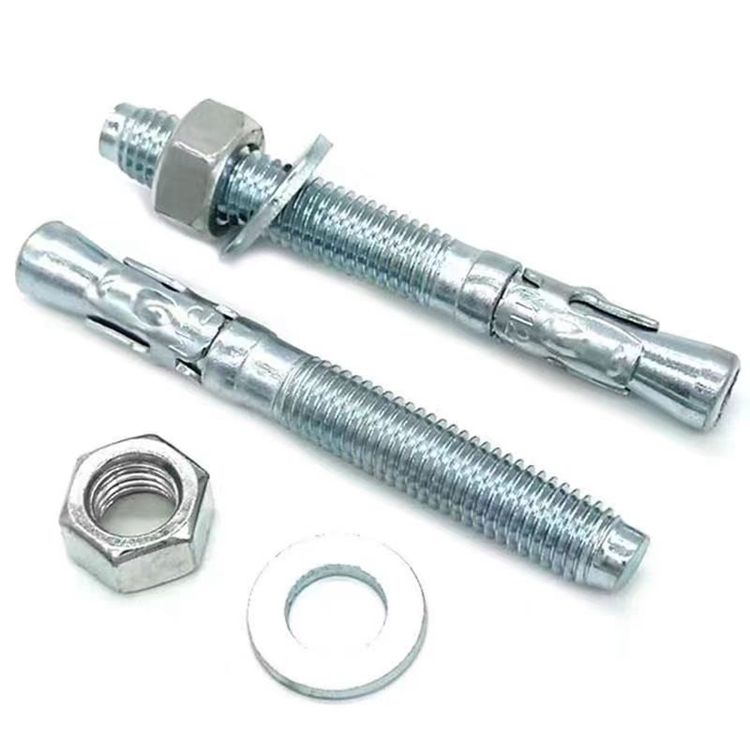Reliable Supplier for High-Quality Grommets Designed for Screws and Fasteners Needs
Aug . 13, 2024 10:46 Back to list
Reliable Supplier for High-Quality Grommets Designed for Screws and Fasteners Needs
Understanding Grommets for Screws A Comprehensive Guide for Suppliers
In the world of manufacturing and construction, the need for reliable fastening systems is paramount. One crucial component that often gets overlooked is the grommet. Grommets, particularly those designed for screws, serve essential functions across various applications. For suppliers, understanding the significance and advantages of grommets for screws can enhance product offerings and foster better relationships with customers.
What Are Grommets?
Grommets are circular or tubular pieces of material—usually rubber, plastic, or metal—that are used to reinforce holes in a surface. They protect the edges of the hole from wear and tear and provide a secure fit for fasteners like screws. Grommets can help to not only improve the aesthetics of a hole but also extend the lifespan of products by preventing damage due to friction and environmental exposure.
Functions of Grommets for Screws
1. Protection One of the primary purposes of grommets is to protect the material around the screw hole. Without a grommet, screws may cause chafing or tearing, especially in softer materials like fabrics or thin plastics. Grommets act as a buffer, reducing the risk of damage.
2. Sealing Grommets can also offer sealing capabilities, especially in electronic applications. When installed properly, they can prevent dust, moisture, and contaminants from entering the housing, thereby protecting sensitive components from potential damage.
3. Vibration Dampening In many applications—including automotive and industrial sectors—grommets can provide vibration dampening. By absorbing shock and vibrations, grommets prolong the life of both the screws and the structures they secure.
4. Aesthetic Enhancement Grommets can enhance the visual appeal of a product. By providing a clean, finished look around screw holes, they can make products more marketable, especially in consumer-facing industries.
grommets for screws supplier

Types of Grommets for Screws
When selecting grommets for screws, suppliers should consider the material, size, and compatibility with different types of screws. Common materials used for grommets include
- Rubber Offers excellent flexibility and durability, making it ideal for outdoor applications. - Plastic Lightweight and resistant to a range of chemicals, plastic grommets are often used in electronic and automotive contexts. - Metal Particularly useful in high-stress applications where durability is key, metal grommets can withstand harsh environments.
Choosing the Right Grommet
For suppliers, understanding the specific needs of their customers is essential. Key factors to consider when discussing grommet options include
- Application Environment Different environments may require different materials; for instance, rubber is better for outdoor use while plastic may suffice in indoor settings. - Size and Fit It is crucial to match the grommet size to the diameter of the screws and the thickness of the material it is reinforcing. Proper sizing prevents leaks and ensures durability. - Load Bearing Requirements Depending on the application, suppliers should assess whether standard grommets meet the load-bearing needs or if custom solutions are necessary.
Conclusion
In summary, grommets for screws are an often underrated yet vital component across many industries. By understanding their functions, types, and selection criteria, suppliers can provide valuable recommendations and solutions to their customers. This knowledge not only enhances the supplier's credibility but also contributes significantly to the long-term performance and reliability of the products in which these grommets are installed. As the demand for quality fastening solutions continues to grow, embracing the potential of grommets can pave the way for new business opportunities.
Latest news
-
Automatic Flush Bolts for Double Doors - Reliable Security, Easy Installation, Factory Direct Supply
NewsJul.05,2025
-
High-Quality 11mm Bolts Manufacturer Reliable 11mm Bolts Factory & Suppliers
NewsJul.05,2025
-
High-Quality DIN975 Thread Rods Manufacturer Reliable Factory & Suppliers
NewsJul.05,2025
-
High-Quality Strut Washers – Reliable Strut Washers Factory & Trusted Company Suppliers
NewsJul.04,2025
-
Premium Wood Screws for Flooring - Reliable Wood Floor Screws Company & Suppliers
NewsJun.24,2025
-
High-Quality Cabinet Bolts – Reliable Factory, Trusted Company & Leading Suppliers
NewsJun.10,2025
Warning: Undefined array key "ga-feild" in /home/www/wwwroot/HTML/www.exportstart.com/wp-content/plugins/accelerated-mobile-pages/templates/features.php on line 6714
